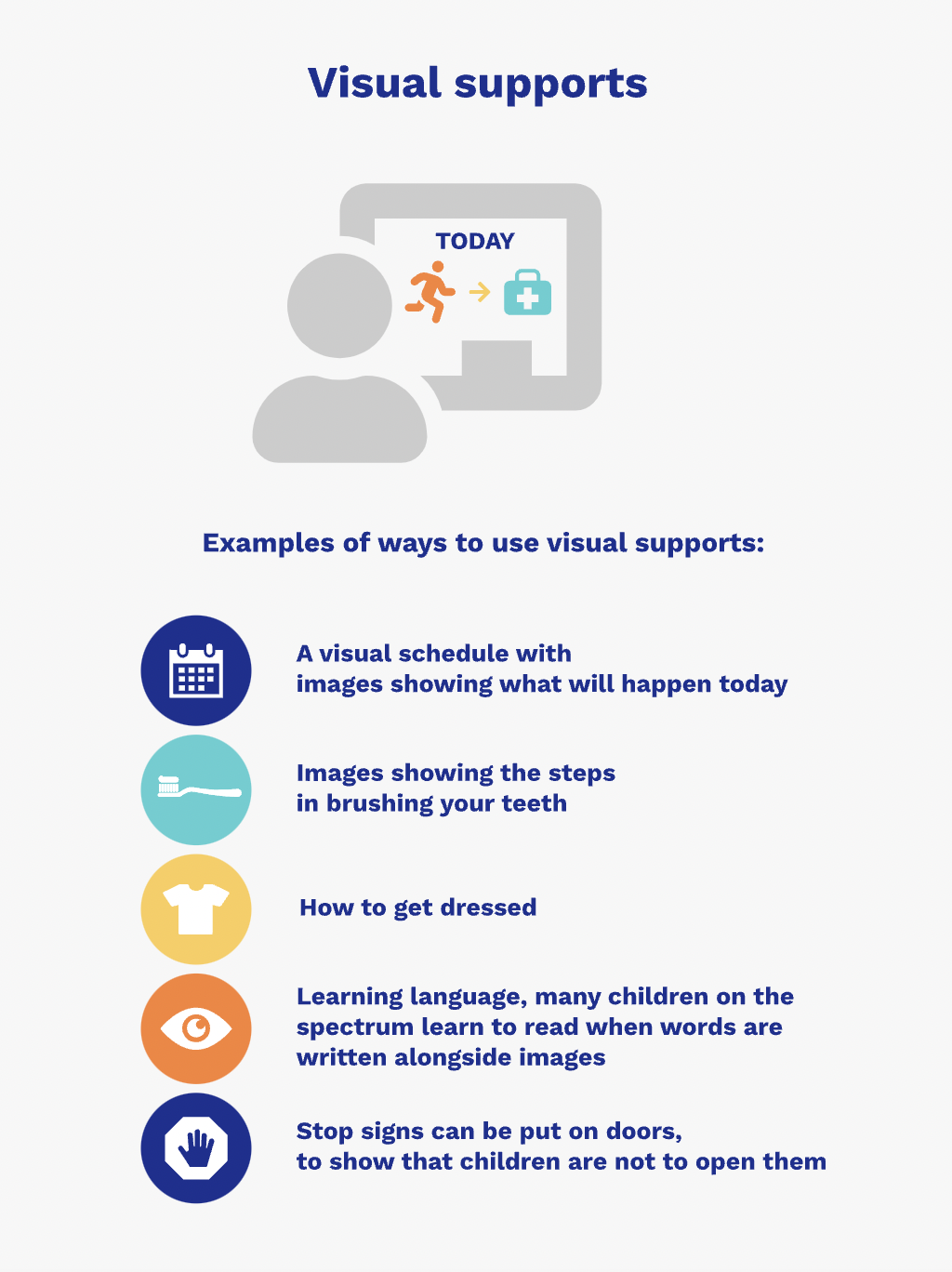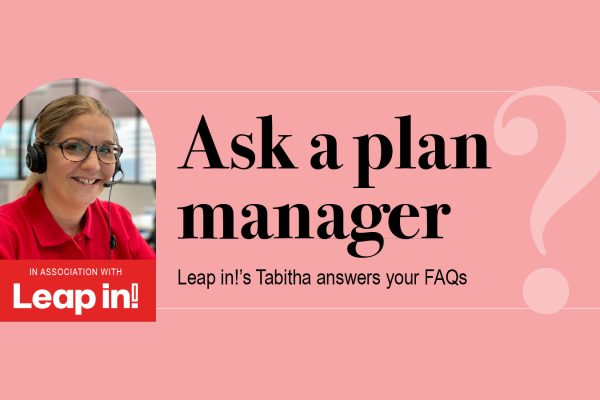
Visuals and video modelling for autistic children
Many children with autism are visual learners and respond well to visual supports and video modelling. Here’s a guide from Autism Awareness Australia to get you started.
The use of pictures, photographs and drawings is a common and effective tool to help parents communicate with their child. Luckily this is a simple and cheap method you can put into practice straight away.
Visual supports
Visual supports can be used to help your child understand their daily routine, or to show what will be happening next. You can use visuals to give children some choices about what they would like to eat or drink, or what toy they would like to play with.
Making visuals can be as simple as printing out photographs you have taken, or images you have found online. You can also buy boxes of visual images to use with your child. An Australian maker of these is Inekards. The I AM movement have launched sets of culturally inclusive flashcards for children’s homes, educational institutions and learning environments.
The next step is to teach children how to use visual supports to communicate to their parents and carers. They can bring a picture of something they would like to do or point to a picture of the item they would like.
There is a useful toolkit on the National Autistic Society website which has videos explaining how to use visual supports. There is a downloadable document explaining how best to get started.

Your child’s speech pathologist, occupational therapist or psychologist can also share ideas on how to use visual supports to help your child. You will usually find a lot of visual supports used in preschool and day care settings.
Daycares often find that the accommodations put in place for a child with developmental delays also work well for the rest of the children in the class. The use of visual schedules and visual prompts is one example of this.
For some children visual supports help promote speech and language skills, continuing to be a useful communication method even after speech has developed.
Other children and adults use visuals as part of their communication if speech does not develop. There are augmentative and alternative communication (AAC) devices which can be used, speech pathologists can assist with these.
There are also apps which you can use, find examples and resources to find them on this page.
https://pecsaustralia.com/pecs/
Video-modelling
Video-modelling simply means showing a video of a specific skill to a child which the child then copies. It can be a very effective way of teaching new skills and behaviours. Video-modelling has been researched and shown to work better than using a real person as a teacher.
Children also seem to generalise their new skills more effectively than when they copy from people. It is thought that children find it easier to pay attention to a small screen and are not distracted by other things that are going on.
If your child loves watching videos and especially if they already copy things they see in videos, this is a good method to try.
Video-modelling can be used to teach:
- Social skills – show videos of other children interacting
- Language – show specific things like asking for a biscuit
- Play – show videos of playing with cars and trains
- Self-help – show videos of how to brush your teeth or wash your hands
- Preparation for new places – show videos of the holiday destination you will visit or the preschool they will be starting
Video self-modelling means videoing the child and then showing them the video, editing out any behaviours that you do not want to encourage. These might be playing sports or board games, socialising with siblings or friends or playing with toys.
Videos used should be very short, only 1 – 2 minutes is ideal. These can be shown several times. Many children love to watch their video models again and again. There is no need to worry about the quality, children do not mind your wobbly or out of focus videos.
The iModeling – Video Modeling app was created by Autism South Australia and the Disabilities research Unit at the University of Adelaide. This app is a video self-modelling tool which is easy to use and suits children and adults of all ages and abilities. There are step-by-step instructions on how to use the app.
Video Modelling For Young Children With Autism Spectrum Disorders, A Practical Guide For parents and Professionals by Brenna Noland and Sarah Murray
This is a comprehensive book which will help get you started with video modelling. You can buy it from Jessica Kingley Publishers here, or find it on Amazon or in other bookshops.
There are some pre-made video models which you can download or stream.
You will find many examples of video-modelling for children with autism on Youtube, though the quality is very variable.


This article was originally published by Autism: What Next? a project of Autism Awareness Australia.






